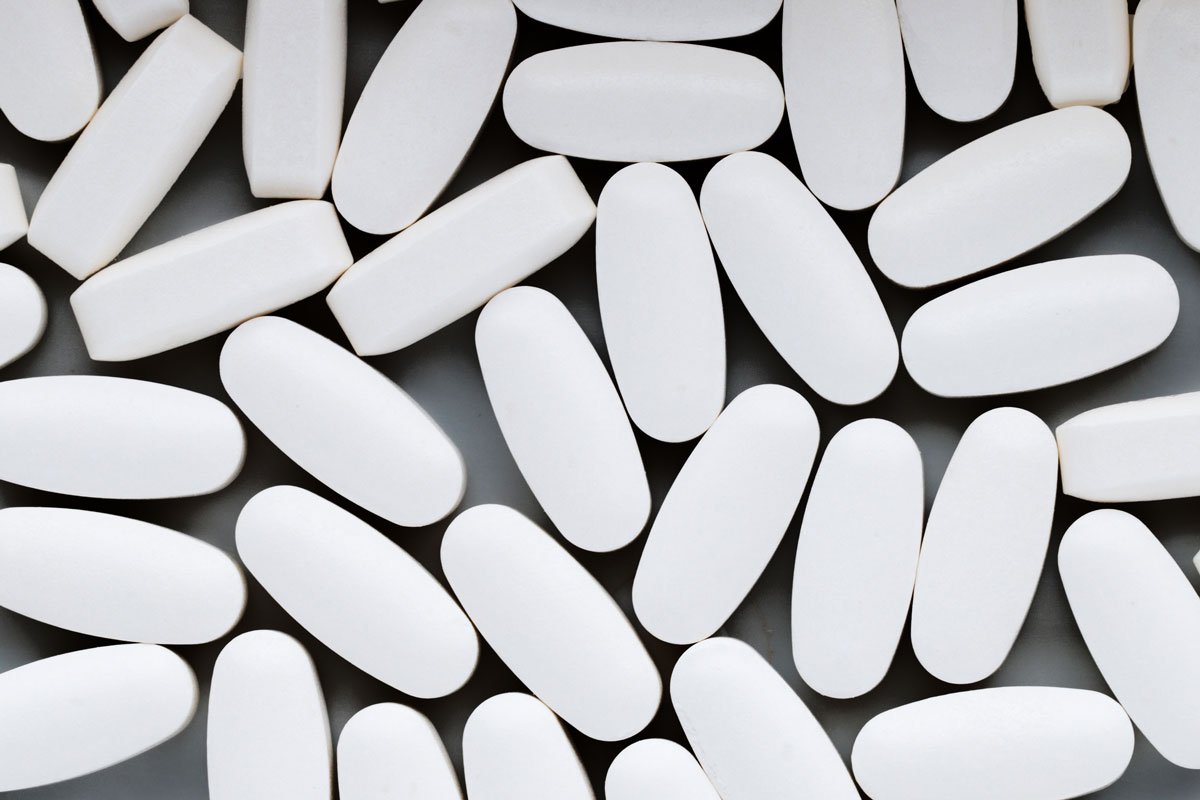What is pharmacotherapy?
Pharmacotherapy is the treatment of health conditions by using pharmaceutical products (drugs) as medication.2
When the health condition is a drug dependency, pharmacotherapy involves replacing the drug of dependence with a legally prescribed substitute.
The use of prescribed pharmaceuticals can help as part of a comprehensive treatment plan. Medications are used to help reduce the intensity of withdrawal symptoms, drug cravings and the likelihood of use.3
Opioid pharmacotherapy is the use of medications, combined with counselling and behavioural therapies, to treat opioid dependence.

Other names used for opioid pharmacotherapy include:
- Medication Assisted Treatment for Opioid Dependence (MATOD)
- Opioid Substitution Treatment (OST)
- Opioid Maintenance Program (OMT)
- Opioid Replacement Therapy (ORT)
- Opioid Agonist Medication (OAM)
- Opioid Agonist Treatment (OAT).
Opioids in Australia
Opioids include any natural or synthetic drugs that are derived from, or related to, the opium poppy.
Opioids include certain types of painkillers known as ‘opioid pain medications’, and illegal drugs, such as heroin.
Some of the most common opioids are:
- codeine (Nurofen Plus®, Panadeine Forte®, Mersyndol®)
- fentanyl (Sublimaze®, Actiq®, Durogesic®)
- heroin
- morphine (MS Contin®)
- opium
- oxycodone (Oxynorm®, OxyContin®, Endone®).
Most harms associated with opioids are usually from the use of illegal opioids (such as heroin) or pharmaceutical opioids (such as oxycodone) used in ways other than prescribed. This is known as ‘extra-medical’ use.4
- Every day in Australia, nearly 150 hospitalisations and 14 emergency department (ED) presentations involve opioid harm.5
- In 2019, opioids were present in 3 in 5 drug-induced deaths (60.5% or 1,129 deaths).6
- In 2019, 53% of opioid deaths were attributed exclusively to pharmaceutical opioids, 32% to illicit opioids and 11% to both illicit and pharmaceutical opioids.7
- On a snapshot day in 2020, over 53,300 clients received pharmacotherapy treatment for their opioid dependence at 3,084 dosing points across Australia.1